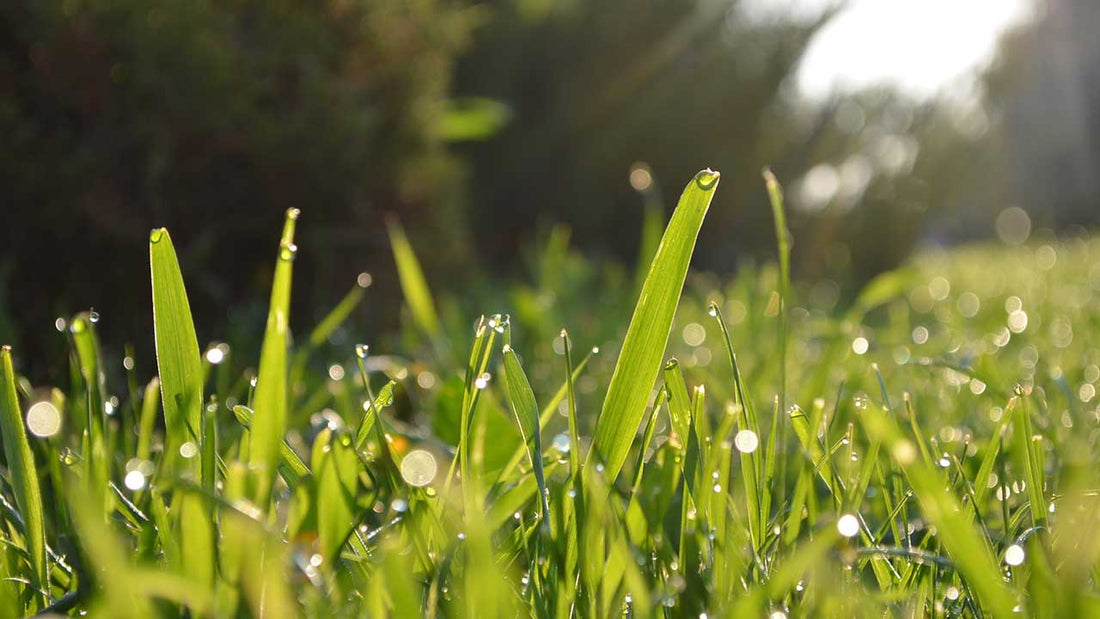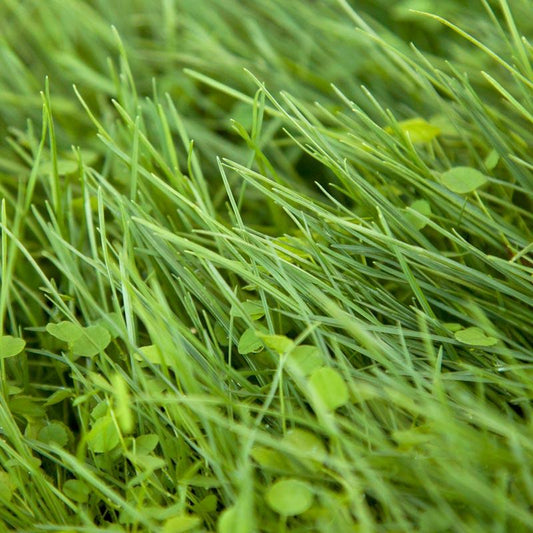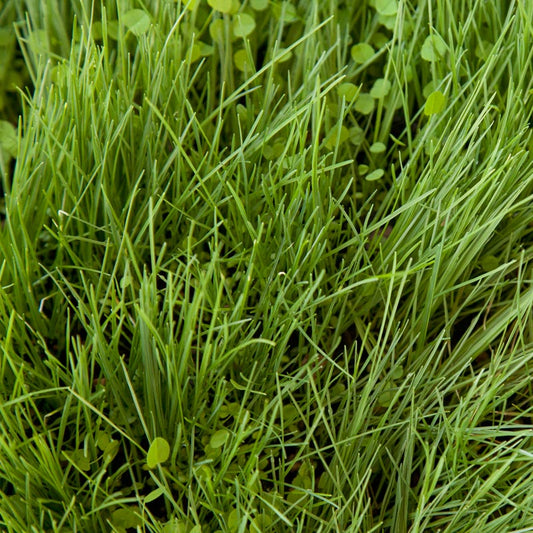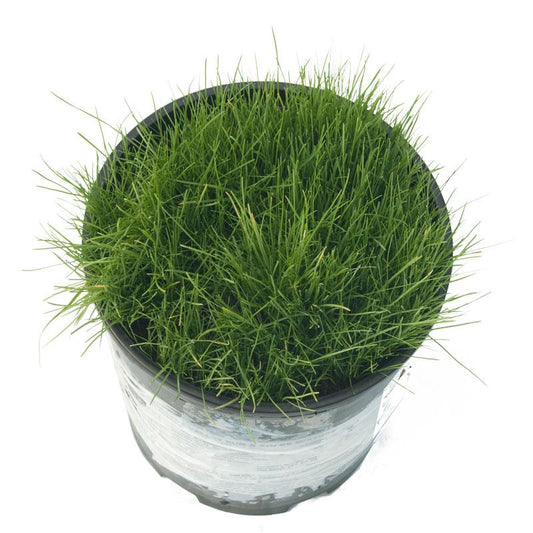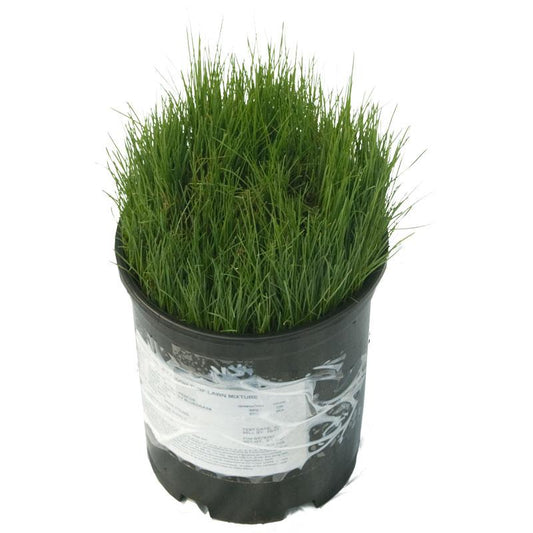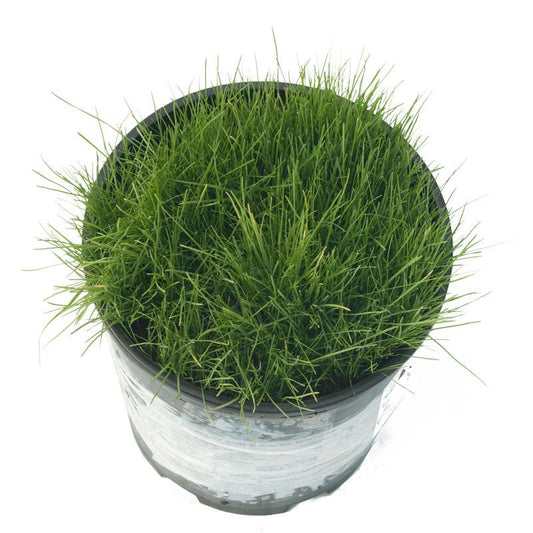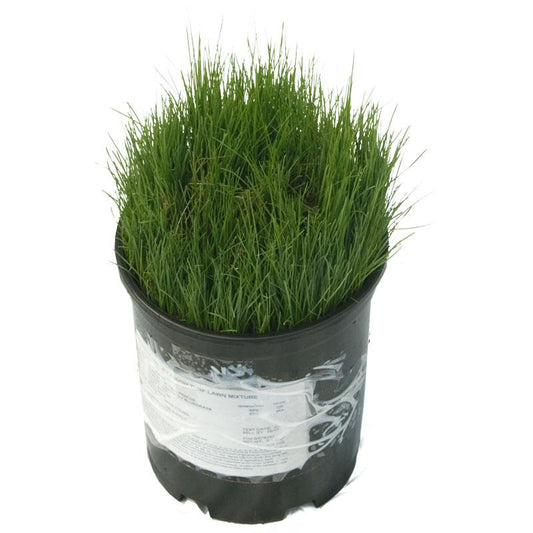Turfgrass for your organic lawn
What if I told you about an amazing plant? Among its good qualities: *Green most of the year *Controls erosion *Soft enough to walk on barefoot *Strong enough that kids and dogs can play on it *Cheap to grow from seed *Not a waterhog What is it? Turfgrass. The problem with a lot of lawns is not the grass, it's the lawn care. Poor lawn care has dumped chemical fertilizers into our watersheds, and sent potable water running down the gutters of our suburbs. Our national lawn care practices have to change.
Lawn alternatives
Planting a lawn has been the default, unimaginative choice of what to do with a front yard. Front yards that are full of sun can be beautiful, edible gardens. Just ask Ivette Soler, author of the bestselling book The Edible Front Yard. Need to remove some lawn to make room for a garden? Our quick sheet mulching video demos this easy procedure.
A waterwise lawn
What if you consider an edible garden, a perennial ornamental garden, a succulent garden -- and conclude that you really do want a lawn for soccer games and bouncing dogs? Guess what? Pam Geisel, head Master Gardener of California, says that a properly grown lawn takes no more water than an equivalent group of perennials. The key factors to growing an environmentally friendly lawn are found in our organic lawn care video including:
Choosing the right grass for your microclimate.
Learn more in this UC Davis article on How To Choose Seed.
Organic lawn care builds good soil to foster deep roots
Get your lawn off junk food. Ditch the pattern of pre-emergent weed controls and chemical fertilizers. Instead, build healthy soil for robust grasses, which will dominate most weeds. Add compost or compost tea to your lawn in the fall to invigorate the soil and grasses. Use organic fertilizers.
De-thatching or aerating your lawn
Fine fescue and new varieties of Kentucky bluegrass are more prone to developing "thatch", a dense mat of dead and living grass that harbors diseases and keeps water from penetrating the soil. You can't correct thatch with some muscle and a rake, you need to rent machinery to de-thatch and then aerate your lawn.
Deep, infrequent watering
First, check your irrigation system with the "can test" to be sure the water is even and not wasted. Watering daily does your lawn no favors. It keeps the roots short (they want to go where the water is, and with daily watering it's at the surface). Make a gradual transition to deep watering after you are sure your soil is in good enough shape to permit deep root growth. Warm season grasses have deeper roots than cool season grasses, and can go longer between waterings.
High mowing
Don't cut more than 1/3 of the blade of grass -- cutting it shorter will slow down the root growth because the grass won't have enough photosynthesized carbohydrates to eat. Leave the grass clippings on the lawn to decompose and give your lawn about 20% of the fertilizer it needs.
For more information on growing a healthy, no chemical lawn, check out The UC Guide to Healthy Lawns.

